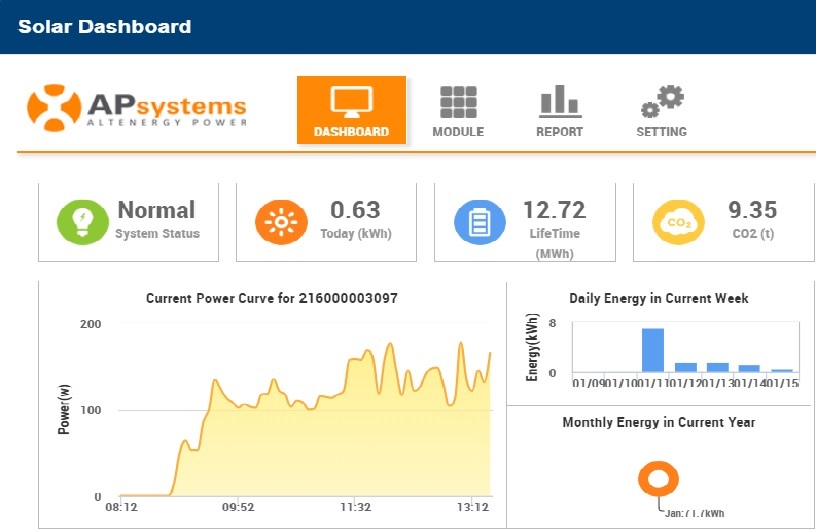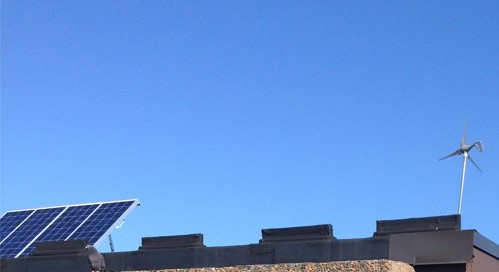Energy and Climate Change
Energy management and climate change are high priorities at Acadia. Many energy efficiency upgrades and other initiatives have been implemented at Acadia significantly reducing our energy consumption and GHG emissions, which contribute to climate change.
The Departments of Facilities and Physical Plant Services are responsible for all infrastructure on campus. The Acadia Sustainability Office provides support to all departments and coordinates education and engagement programs.
Climate Commitments
Acadia is committed to reducing greenhouse gas emissions and endeavors to align its climate commitments and targets with government climate action goals.
In 2015 the Government of Canada ratified the Paris Agreement and committed to reducing emissions by 30% below 2005 levels by 2030. Acadia adopted this same target in 2016.
In 2020 Acadia reduced greenhouse gas emissions by over 30% compared to 2005 levels, meeting the Paris target a decade ahead of schedule.
Having achieved the initial target, in 2019 Acadia launched a new Acadia Strategic Plan and announced an ambitious goal to achieve carbon neutrality, ideally by 2030.
In 2021 Acadia became the first university in Canada to sign the international SDG Accord and in doing so also made a commitment to UNSDG Goal #13: Take urgent action to combat climate change and its impacts. The Accord guides the work of the institution in this area and the other 16 areas of sustainability included in the global framework.
Many initiatives are currently underway to achieve carbon neutrality. They include a continued focus on energy efficiency upgrades, exploring options for additional solar installations on campus, funding applications to government for investment in energy efficiency, renewable energy, and deep retrofits, pursuing opportunities for green power purchasing, and further climate action planning.
Renewable Energy on Campus

In 2018 the first rooftop solar array was installed on campus as part of a major renovation to Huggins Science Hall. The 11 KW array is located on the roof of the University Avenue entrance and produced over 12 MWh in the first year of operation. You can view the solar production dashboard using the link below.

View Solar Production Dashboard
Wind-Solar Power Demonstration Project

A 400 watt wind turbine and two 200 watt solar panels are installed on the roof of the Students’ Union Building as part of an education project to raise awareness about how renewable energy works and to demonstrate how we can reduce our dependence on fossil fuels and contribution to climate change. Electricity generated from these devices is stored in batteries located in the cabinet by the Horton Avenue entrance. When the television and charging station are in use, power is provided until the batteries are depleted. This project is a partnership between the Acadia School of Education, Ivan Curry School of Engineering, Acadia Students’ Union and Acadia Sustainability Office.
Vampire Power Education Program

This student-run education program was launched during Campus Sustainability Week 2011. The program raises awareness about vampire power. Vampire power is energy wasted by appliances and electronics while on stand-by.
Holiday Energy Management Program

Acadia initiated a holiday energy management program in 2009, called Keep It Cool Acadia, featuring a polar bear mascot. The program is designed to reduce oil and electricity consumption, lower greenhouse gas emissions and costs over the holiday break when the campus is closed. In addition to HVAC and electrical system modifications in facilities on campus, staff, faculty and students are asked to participate by implementing individual energy conservation measures. Help save energy by doing the following:
- Turn off and unplug all electronics and office equipment: computers, monitors, printers, chargers, copy & fax machines, water coolers etc. (Many electronics and appliances still use electricity when turned off)
- Empty, defrost and unplug mini-refrigerators.
- Turn off all lights.
- Close windows tightly.
- Close curtains or blinds to reduce heat loss through the glass.
- Lab managers please close the sash on fume hoods.
- Turn off research equipment when possible.
- Set thermostat to 60°F/ 16oC when rooms are unoccupied. Do not turn off.
LED lighting
.jpg)
Photo Credit: Efficiency Nova Scotia
As part of Acadia’s continued efforts to improve energy efficiency another phase of lighting replacements on campus began in 2013. Older CFLs and any remaining incandescent bulbs in academic and administrative offices, student lounges, residences and common areas are being replaced with LED lightbulbs which are 25% more efficient than CFLs and 80% more efficient than incandescent lights. Students are partners in this initiative helping distribute and install new bulbs around campus.
Acadia Heating System

In 2015 Acadia converted its heating system from oil to natural gas. This initiative has successfully reduced Acadia's contribution to climate change and improved air quality by reducing GHG emissions and air pollutants such as sulphur dioxide and particulates. Learn more about the campus heating system and support services by viewing this informative slideshow. Heating System Presentation (PDF).
Residence Room Temperature Controls
Too hot or too cold? Wondering how to adjust your office or residence room thermostat? Read the Temperature Controls Guide for instructions on how you can manage room heat.
Share the Air
In 2009 Acadia updated the existing tobacco-free campus policy to include both scent-free and anti-idling policies. The new Share the Air requires that motor vehicle operators refrain from idling for longer than 2 minutes while on campus.
Acadia Energy Committee
Marcel Falkenham, Director of Facilities
Jodie Noiles, Sustainability Coordinator
Pierre Richard, HVAC and Electrical Manager
